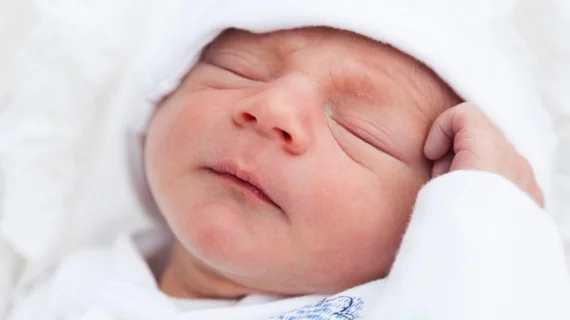AI technology could play a vital rule in the diagnosis and treatment of aggressive posterior retinopathy of prematurity (AP-ROP) in infants, according to new research published in Ophthalmology. AP-ROP, an especially severe form of ROP, is often not identified until it is too late to save the child’s vision.
The study involved a deep learning system recently fast-tracked for approval by the FDA and data from more than 947 newborns. The National Eye Institute (NEI), part of the National Institutes of Health, funded the research.
The AI-powered solution helped the authors develop a “quantifiable AP-ROP patient profile,” a key step in the treatment of this threatening, hard-to-predict disease. The authors found that infants with AR-ROP were more premature, for example, and had lighter birthweights. No infants born after 26 weeks developed AP-ROP, another crucial metric for the researchers to explore.
“AI has the potential to help us recognize babies with AP-ROP earlier,” J. Peter Campbell, MD, MPH, Oregon Health and Science University in Portland, said in a prepared statement. “But it also provides the foundation for quantitative metrics to help us better understand AP-ROP pathophysiology, which is key for improving how we manage it.”
“It's important to acknowledge that there is currently no gold standard for diagnosing AP-ROP,” Grace L. Shen, PhD, manager of the NEI’s retinal diseases program, said in the same statement. “But having objective, AI-based metrics for detecting AP-ROP is a step in the right direction for this highly vulnerable population of infants.”

